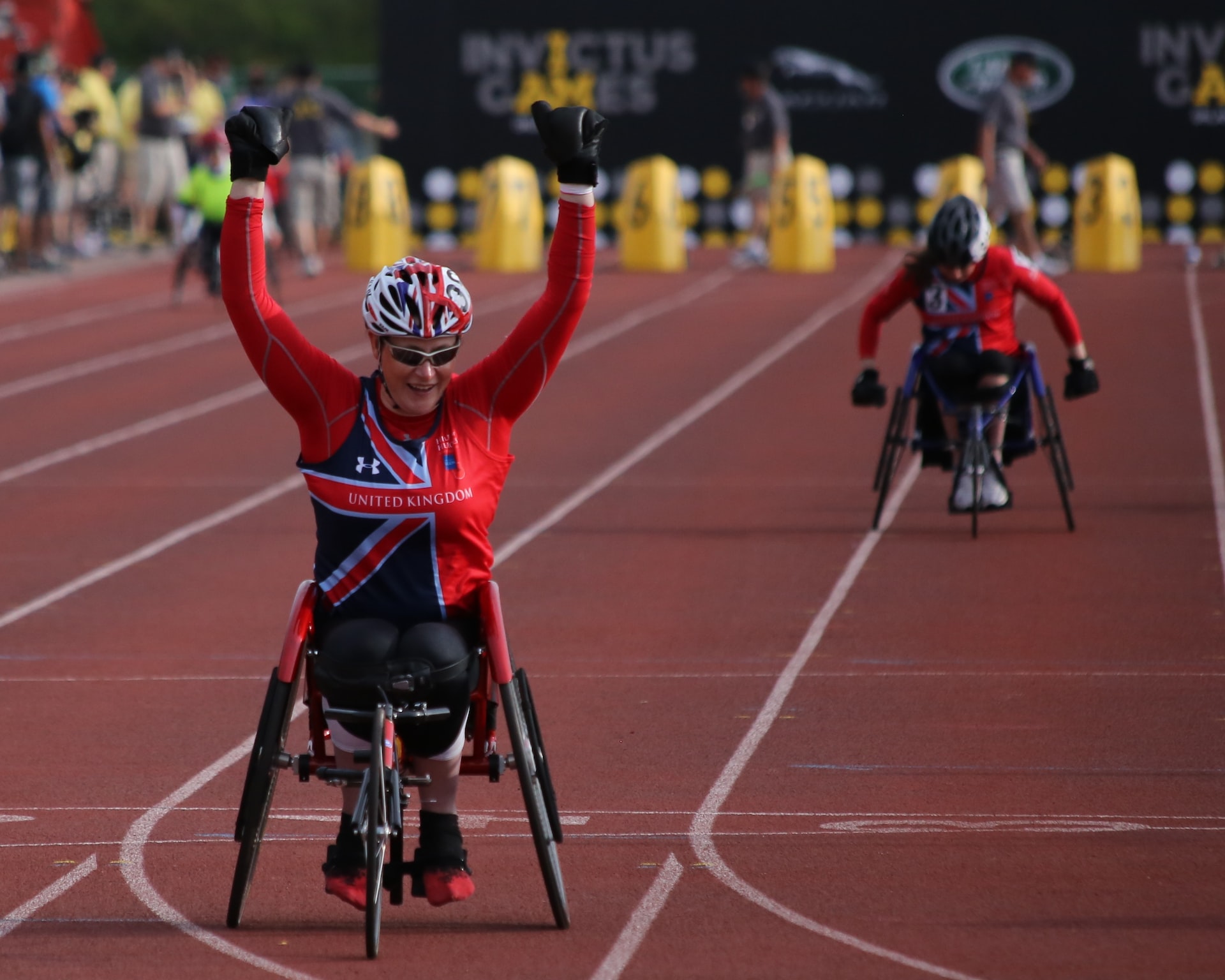By Ashley Barnes
Why International Day of Persons with Disabilities?
December 3rd is International Day of Persons with Disabilities (IDPD), “promoting the rights and well-being of persons with disabilities at every level of society and development, and to raise awareness of the situation of persons with disabilities in all aspects of political, social, economic, and cultural life” (World Health Organization, 2022).
IDPD is meant to educate the general public about the extra challenges that persons with disabilities face with the aim to break down such barriers. In a world built to serve the “able-bodied,” it becomes increasingly important to reinforce the rights of persons with disabilities. When referring to those living with a disability, we use the term “persons with disabilities” instead of other, potentially harmful terminology. “Persons with disabilities” is an example of “people-first language,” putting the person before the diagnosis; this defines what a person has rather than what a person is.
About persons with disabilities.
As defined by the Centers for Disease Control and Prevention (CDC), a disability is “any condition of the body or mind (impairment) that makes it more difficult for the person with the condition to do certain activities (activity limitation) and interact with the world around them (participation restrictions)” (2020). Disabilities can affect a person’s movement, vision, thinking, memory, learning, communication, hearing, mental health, and social relationships.
Disability has three dimensions:
- Impairment – in terms of someone’s body function, structure, or mental functioning. Examples include loss of a limb, loss of vision, or loss of memory.
- Activity limitation – such as challenges hearing, seeing, problem solving, or walking.
- Participation restrictions – in terms of daily activities like working, obtaining health care and preventative services, and participating in social and recreational activities (CDC, 2020).
This population is a broad one, encapsulating a diverse group of people with varying needs. A disability can be due to conditions present at birth, including those that impact specific genes (such as Duchenne muscular dystrophy), chromosomes (such as Down syndrome), or even due to a mother’s exposure to substances harmful to the fetus (such as fetal alcohol syndrome).
Disabilities associated with developmental conditions can emerge in childhood such as autism spectrum disorder and attention-deficit/hyperactivity disorder. Chronic conditions such as diabetes can lead to vision loss, limb loss, and nerve damage. Disabilities can result from serious and life-threatening injuries such as is the case with spinal cord injury and traumatic brain injury. Disabilities can be progressive such as the case with muscular dystrophy, static (for example, limb loss), or intermittent such as the case with multiple sclerosis (CDC, 2020).
In sum, people with disabilities describe a wide community with vastly different experiences.
How to be inclusive and supportive.
Though there are many ways to be inclusive and supportive of persons with disabilities, here are a few we recommend:
- Ask if the person requires anything to make a process more effective or easier for them without assuming that they need help. They are experts on their needs and how they can best be met.
- Speak directly to the person living with a disability, regardless of if a personal care attendant is present. This communicates respect, inclusion, and makes it known that we value their input.
- Check accessibility before making arrangements to meet somewhere. If you are planning to meet a loved one or a friend who lives with a disability, make sure to be mindful of the venue’s accessibility. Accessibility may look like ramp access for someone in a wheelchair.
For more support from a clinical professional, please contact us at the Mental Health Center.
Resources.
- American Association for People with Disabilities – the largest national nonprofit cross-disability member organization in the U.S. and has a multitude of resources for persons with disabilities such as a career center, educational articles, and advocacy opportunities.
- Employer Assistance and Resource Network on Disability Inclusion (EARN) – offers job training for those looking to gain and build skills necessary to succeed in the workforce.
- National Center on Disability and Journalism – provides disability resources by topic, including travel and transportation, advocacy, and resources for specific disabilities.
References
Centers for Disease Control and Prevention. (2020). Disability and health overview. Centers for Disease Control and Prevention. Retrieved June 7, 2022, from https://www.cdc.gov/ncbddd/disabilityandhealth/disability.html
World Health Organization. (2022). International Day of Persons with Disabilities. World Health Organization. Retrieved June 7, 2022, from https://www.who.int/campaigns/international-day-of-persons-with-disabilities


